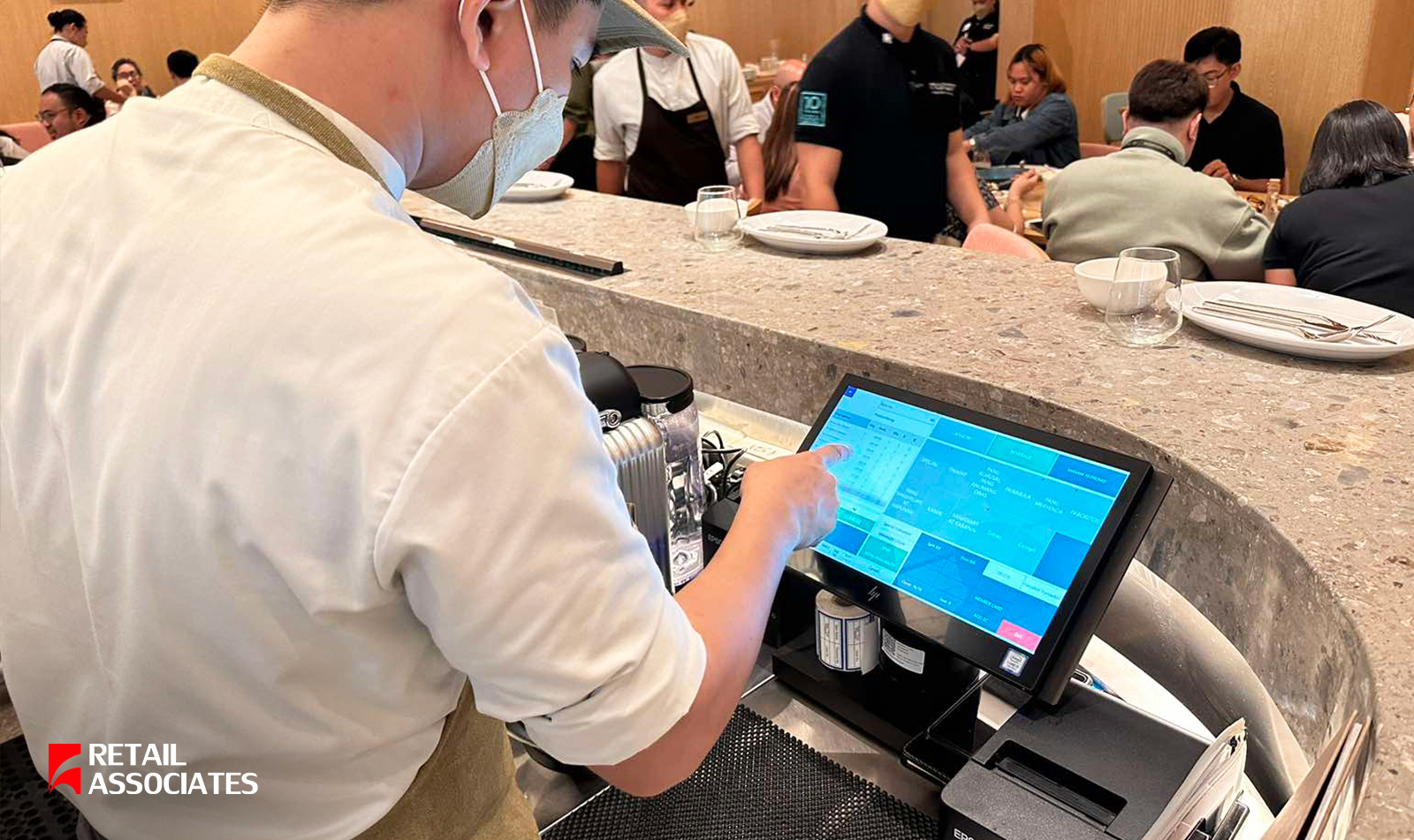In the dynamic and competitive landscape of the Philippines’ dining scene, restaurants are increasingly turning to innovative digital solutions to enhance customer experiences and streamline operations. One such transformative technology gaining popularity is the self-ordering kiosk system. Let’s explore how these solutions are revolutionizing restaurant management and customer satisfaction across the Philippines.
Understanding Self-Ordering Kiosks
Self-ordering kiosks are interactive touch-screen terminals placed within restaurants, allowing customers to browse menus, select items, customize orders, and make payments directly. This technology not only reduces waiting times but also enhances order accuracy, providing a seamless dining experience.
Components of Self-Ordering Kiosk Solutions
Kiosk Interface: Designed for user-friendly navigation, kiosks empower customers to browse through a digital menu, select their preferred dishes, customize options such as toppings or sides, and complete transactions securely. This self-service approach gives patrons more control over their dining experience, reducing the need for traditional order-taking processes.
Order Routing to KDS: Once an order is placed via the kiosk, it is seamlessly transmitted to the Kitchen Display System (KDS). This integration ensures that kitchen staff receive accurate and timely information about incoming orders, minimizing errors and optimizing workflow efficiency.
Kitchen Display System (KDS): The KDS replaces conventional paper tickets with a digital interface that displays orders in real-time. Kitchen staff can prioritize orders based on preparation time, monitor cooking progress, and mark orders as complete. This digital communication streamlines kitchen operations, enabling faster service and better coordination between front-of-house and back-of-house teams.
Advantages for Restaurants in the Philippines
Implementing self-ordering kiosk solutions offers numerous benefits tailored to the unique challenges and opportunities of the Philippine restaurant market:
- Enhanced Customer Experience: By reducing wait times and ensuring order accuracy, kiosks enhance overall customer satisfaction, leading to repeat business and positive reviews.
- Operational Efficiency: Streamlined workflows and reduced dependency on manual order-taking processes lead to lower operational costs and improved staff productivity.
- Scalability and Adaptability: Whether in bustling urban eateries or cozy neighborhood bistros, self-ordering kiosks can be customized to fit diverse restaurant environments, supporting growth and scalability.
Future Trends and Innovations
Looking ahead, the future of self-ordering kiosks in the Philippines promises continued innovation. Advancements in artificial intelligence (AI) and data analytics will enable kiosks to offer personalized recommendations based on customer preferences and behavior. Additionally, integration with mobile apps and loyalty programs will further enhance customer engagement and retention.
Takeaway
Self-ordering kiosk solutions represent more than just a technological upgrade for restaurants in the Philippines—they are a strategic investment in improving operational efficiency and elevating customer experiences. As dining habits evolve and digital expectations rise, embracing innovative solutions like self-ordering kiosks will be crucial for restaurants aiming to stay competitive and thrive in the digital age.









